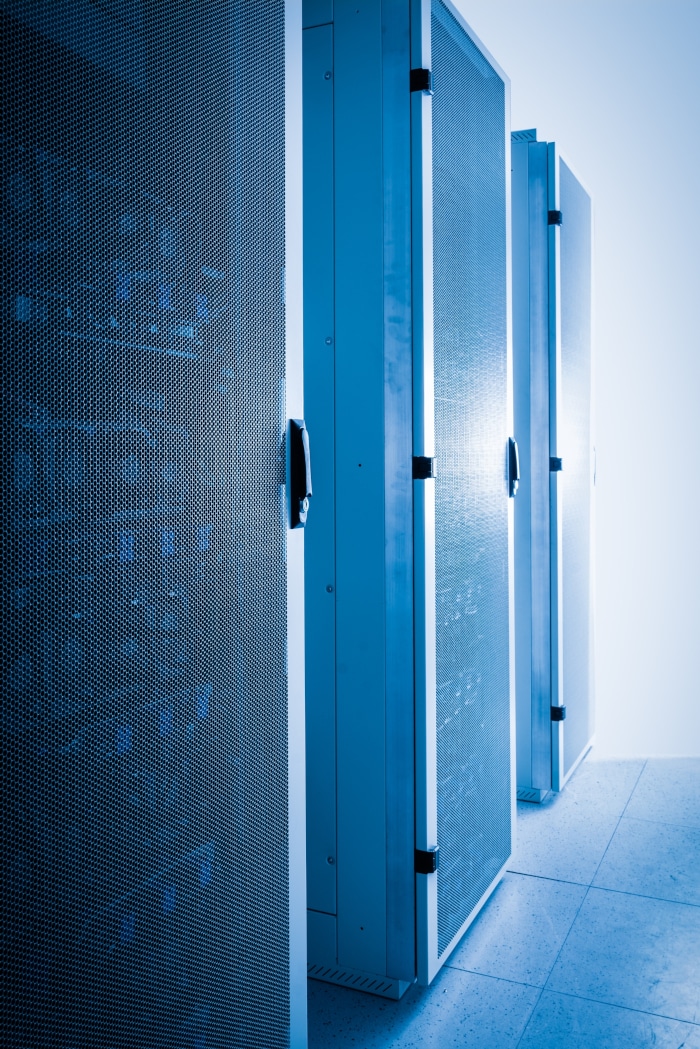Edge data centers are a type of data center infrastructure that is positioned at the edge of the network, closer to end-users and devices. This is in contrast to traditional data centers, which are often located in centralized locations and connected to end-users and devices through a network.
Edge data centers are designed to bring data processing, storage, and networking capabilities closer to the devices and users that need them, reducing latency and increasing the speed of data processing.
There are numerous reasons why a company may consider relocating their resources to a data center that is positioned closer to end-users. A primary factor is the reduction of latency, or the time required for data to travel from a device to a data center and back. This is especially critical for applications and services that require real-time performance, such as online gaming, virtual reality experiences, and autonomous vehicles.
Another reason for considering a move to an edge data center is the improvement of data processing speed and efficiency. These data centers aim to bring data processing, storage, and networking capabilities nearer to the devices and users that require them, which can decrease the time taken to process and analyze data. This is particularly crucial for organizations that require quick data processing, such as financial service companies, healthcare institutions, and government entities.
Overall, edge data centers are designed to provide a fast, secure, and efficient data processing environment that can support the growing demands of next-generation applications that require low-latency processing.
There are several different types of edge data centers, each designed to meet the specific needs of different types of organizations and applications. Two of the most common types of edge data centers include:
The growth of edge data centers is driven by several key trends in the technology industry, including:
In summary, the need for low latency, high-speed data processing, and the growing number of connected devices are driving the growth of edge computing infrastructure. As these trends continue to develop, it's likely that we will see continued expansion in the use of edge data center infrastructure.
Leveraging our data center facilities for cloud, colocation, interconnectivity, or managed services means you can access our large global footprint across a network of 19 interconnected data centers with 33 points of presence. Our data centers are carrier and cloud-neutral, with several top-tier network providers in 18 strategically located global edge markets. Leveraging our global network backbone, you can minimize latency and speed up data transfer around the globe.

